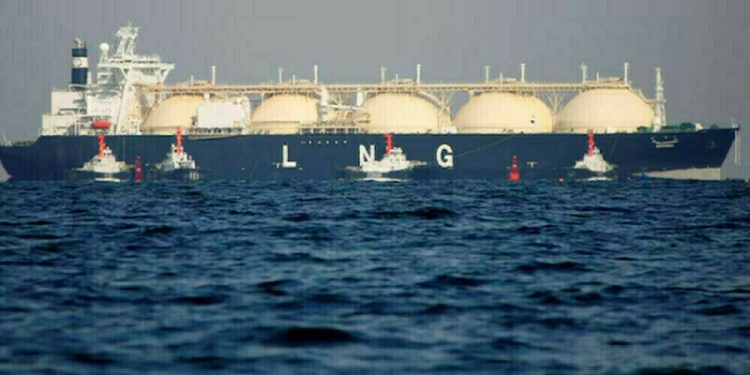KUALA LUMPUR, Oct 13 (Reuters) – Rubber output in topproducer Thailand may fall as much as 10 percent this year asplummeting prices drive away tappers, a senior industry officialsaid on Monday, reversing earlier estimates for output toincrease.
The change in the forecast came as members of theAssociation of Natural Rubber Producing Countries (ANRPC), whichaccount for more than 90 percent of natural rubber output, metin Kuala Lumpur to discuss more drastic measures to tackle theslump in rubber prices caused by feeble demand.
The drop in Thailand’s output and stronger domesticconsumption may help eat into Thai stockpiles, lending supportto rubber prices that have fallen below production costs andsent benchmark futures to five-year lows.
“I think for this year in Thailand, you won’t see aproduction number of 4 million tonnes,” said PaitoonWongsasutthikul, deputy secretary-general of the Thai RubberAssociation, who was in Malaysia for the ANRPC meeting. “I doubtyou can get close to 3.8 million tonnes, because the decliningprice of rubber has discouraged people from tapping.”
In May, the Thai Rubber Association had said it expectedrubber output to grow as much as 5 percent.
Indonesia, the world’s No.2 rubber producer, has urgedsuppliers since the end of September to not sell at less than$1.50 per kilogram. The move was welcomed by other major playersThailand, Malaysia and Vietnam, although scepticism remained onhow effective the floor price will be.
Wongsasutthikul said that abnormal weather in Thailand hasalso made it difficult to source rubber.
Data from Thailand’s Rubber Research Institute showed thecountry churned out 1.65 million tonnes of rubber in the firsthalf of 2014, he said. Exports were at 1.5 million tonnes, whiledomestic consumption was at 300,000 tonnes.
Thailand produced 4.17 million tonnes of rubber in 2013,about 37 percent of global output and up from 3.78 million in2012, according to the ANRPC.
Wongsasutthikul said 60 percent of Thailand’s total annualoutput is typically produced in the first six months of a year,with the remaining 40 percent in the second half.
He expects domestic consumption for this year to rise toabout 550,000 tonnes, up from 521,000 tonnes in 2013.
That means end-year stocks to carry over to next year willbe less than last year, because exports and domestic consumptionwill have exceeded production, he said.
“This is a good sign for the market.”
Benchmark rubber futures on the Singapore Exchange remained below $1.50 per kg on Monday, trading at 146 U.S. centsper kg, not far above the Oct. 1 trough of 137.40 U.S. cents, its weakest point since March 2009.
ZONING SYSTEM
Wongsasutthikul said to tackle concerns of supply exceedingglobal demand, the Thai government is considering to implement azoning system to limit the areas where farmers can plant rubbertrees, but added that implementation would be challenging.
“It’s difficult especially in Thailand where you have a lotof smallholders. How to tell them you can only plant your treesin certain zones?”
He said that giving incentives such as subsidizedfertilizers or cash subsidies to farmers who plant trees only inthe allocated zones could help the government implement a zoningpolicy, and allow better documentation of rubber acreage.
(Reporting by Anuradha Raghu; Editing by Tom Hogue)


























